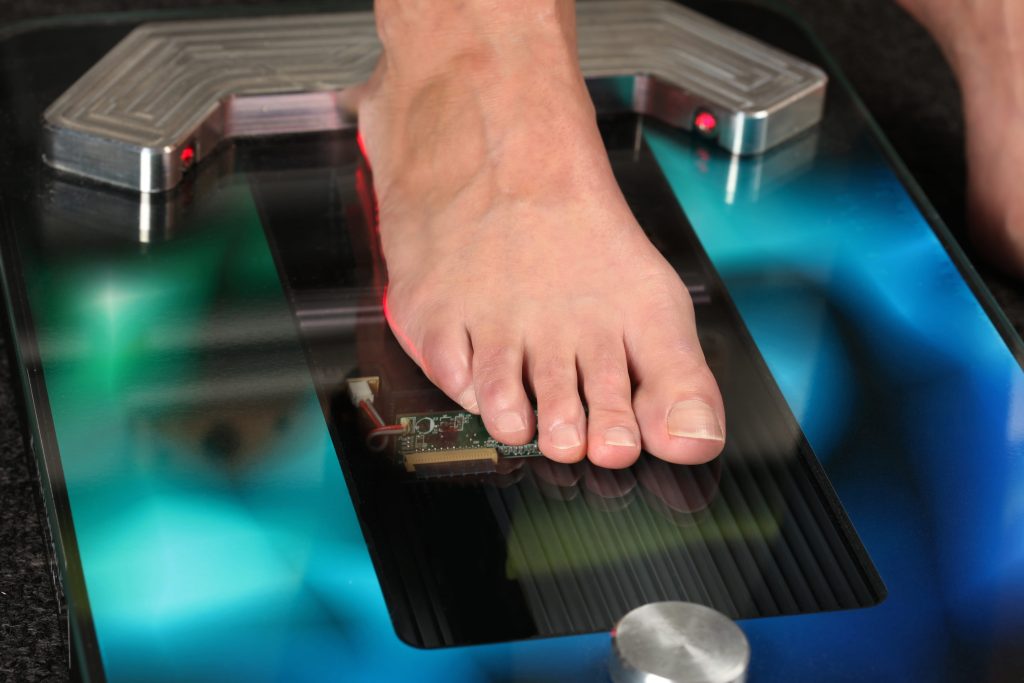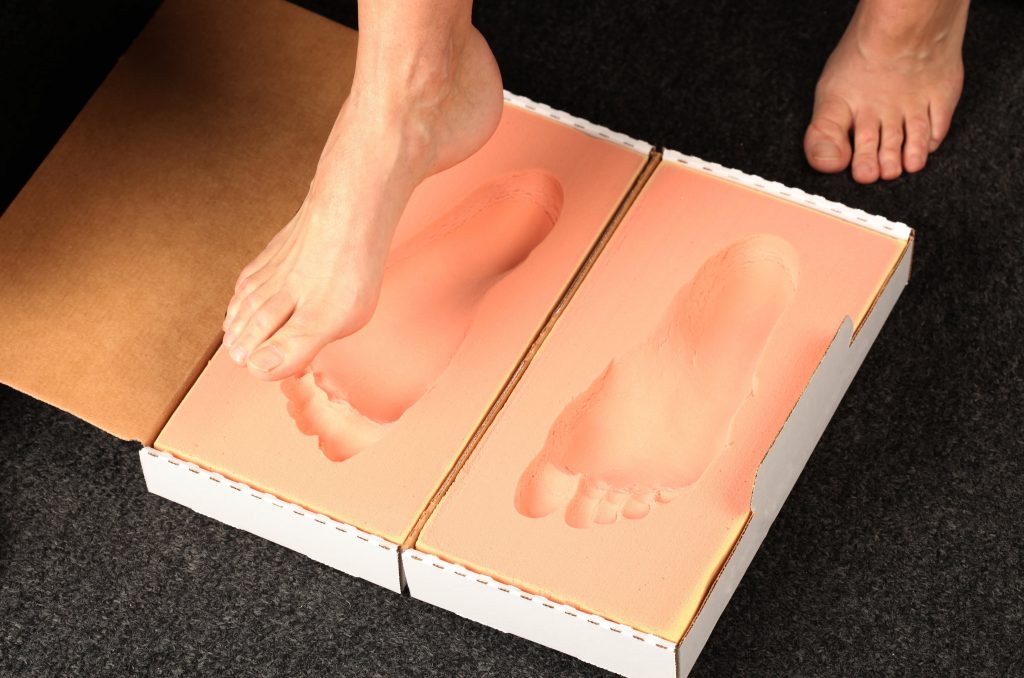Joint degeneration is very common with over one in four adults suffering with some type of arthritis or joint pain. If you’re one of these people you may experience pain, burning, throbbing, or a grating feeling in your joints. The joints in your body contain connective tissues like ligaments, tendons, and cartilage which allows them to move and bend. Sometimes these tissues can become damaged, or they wear away causing stiffness and a dull, aching sensation especially in the spine, hands, or the joints that you use most often.
Joint pain can be caused by poor posture such as slouching in front of the computer, rheumatoid or osteoarthritis, a deficiency in certain nutrients could be causing your joints to become weaker and inflamed. Or alternatively, you may have sustained a sports injury when exercising or carrying a heavy load. No matter what the cause there are natural diet tips that you can follow to help relieve joint pain and to repair the joint tissues.
There are foods that you can eat daily that will reduce the symptoms and even heal your arthritis.
Cabbage
Start to consume chopped, raw cabbage as a side dish to your meals and you’ll soon notice less pain and inflammation in your joints. Cabbage is unique among the salad vegetables as it’s loaded with L- glutamine, an amino acid which stimulates healing throughout your body. Cabbage is also loaded with the vitamin C complex which stimulates collagen production. This can strengthen the framework and the connective tissues in your joints. It’s also recommended to eat one serving of sauerkraut two to three times per week. This is a type of fermented cabbage and it’s one of the richest sources of vitamin C on the planet to lower inflammation in your joints.
Oily fish and wild salmon
With joint pain it’s recommended to eat oily fish at least three times per week like wild salmon, sardines, mackerel, and anchovies. These fish are loaded with unsaturated fats called DHA and EPA. These are two omega-3 fatty acids which regulates inflammation in your body and prevent your immune system from attacking the tissues in your joints. These fats also help to lubricate the joints by producing the healthy synovial fluid that’s between them. On a side note, please avoid the farmed fish and opt for the wild caught varieties instead as these naturally contain more nutrients from the ocean. If you don’t want to eat the fish, you can supplement by taking one to two teaspoons of virgin cod liver oil daily.
Extra virgin olive oil
Real extra virgin olive oil is one of the most powerful natural pain killers in the world and it’s being compared to ibuprofen in some studies. You want to stop consuming inflammatory vegetable oils and seed oils that are making your joint pain worse. These include corn, cotton seed, peanut oil, sunflower, canola, and margarines. Real olive oil contains oleocanthal, a substance which blocks certain enzymes in your body that are causing the inflammation in your joints. Using at least two to three tablespoons daily, ideally drizzling it over your salads or stir fries, will help you to extract and absorb more antioxidants from other vegetables.
Walnuts
Take some walnuts and soak them in water for 24 to 48 hours. This germinates the nut and removes any phytic acid which could have blocked certain minerals from being absorbed. Dry them out on a low heat and then consume a small handful of them daily to get rid of arthritis pain. Walnuts are loaded with L -arginine. This is an amino acid which increases human growth hormone, the hormone that can regenerate the ligaments, tendons, cartilage, and the muscles that surround your joints. Walnuts are also loaded with alpha linolenic acid another type of omega-3 which can get rid of the stiffness and inflammation and help to improve mobility. You can also do the same with Brazil nuts as these are also rich in selenium a trace mineral which improves the quality cartilage proteins in the bones and joints.
Moringa powder
Produced from the moringa tree which grows in warm climates like India has some of the most nutrient dense leaves in the world. These leaves contain seven times more vitamin C than oranges and 15 times more potassium than bananas. Both are key nutrients that you need to reduce inflammation, stiffness, and to heal joint problems. You can eat these leaves fresh, or you can take one teaspoon of the powdered moringa mixed in a glass of water daily. This will rapidly improve mobility in your joints and get rid of pain and swelling.
Thyme, Oregano and Rosemary
You should try adding these herbs to your diet to reduce joint pain. If you have rheumatoid arthritis this means that your body is attacking its own tissues causing a breakdown of the joints. However, if you consume certain herbs like fresh thyme, rosemary, oregano, they can help to modulate your immune system which will prevent your body from attacking the joints. These herbs contain thymol, carvacrol and Rosemarinic acid which have all been shown to block leukotrienes. Leukotrienes are agents that are in your body that cause inflammation. So, lowering them by eating these herbs helps to turn off the inflammation in your body.
Black seed oil
Black seeds have been used for thousands of years by ancient cultures for getting rid of diseases, infections, and inflammation in the body. 1 teaspoon of black seed oil every morning can help get rid of joint pain. It contains a powerful compound called thymoquinone which also helps to fight off rheumatoid arthritis and lower inflammation in the joints. As a side note, it’s also excellent for fighting bacteria and viruses to keep you free of any cold or flu infections.
Avocados
Start eating at least 1/2 an avocado every single day to see some major improvements in your pain and mobility. Being one of the most nutrient dense foods in the world, avocados are rich in potassium and magnesium, two of the key minerals that you want to focus on when fixing joint pain. The vitamin E and the boron in avocados has also been shown to help treat osteoarthritis by stimulating the growth of cartridge cells.
Apple cider vinegar
Consuming one tablespoon of apple cider vinegar mixed in a glass of water before each meal is one of the best remedies in the world for joint pain. It helps to strengthen the pH of your stomach so that you can absorb more minerals, collagen and amino acids that are all needed to strengthen your joints.
Cherries
Cherries contain a wide range of antioxidants that can help to control arthritis and reduce pain, especially the anthocyanins. People with arthritis often choose to drink concentrated cherry juice because it can help to lower uric acid for those with gout and can also reduce stiffness throughout the body. Please make sure that you choose a brand which contains no added sugar as the sugar varieties can have the opposite effect.
Cruciferous vegetables
If you really want to completely heal your joints permanently you will need to be consuming lots of leafy green cruciferous vegetables daily like kale, collard greens, broccoli, brussel sprouts, arugula, and spinach. These vegetables are absolutely loaded with potassium and carotenoids which are vital the lowering inflammation in your joints. Eating these often will help to prevent free radical damage to your cells and tissues to allow the healing to begin. Make sure that you consume your vegetables raw or very lightly steamed ask cooking and heat can kill off many of the live enzymes within them that your body needs to heal.
Bone broth
The connective tissues in your joints are made up of collagen. This gives them a strong mesh like framework. If your joints are weak and painful however, you can start consuming bone broth as it’s the best natural source of collagen as it’s made from boiled animal bones. It’s also rich in chondroitin and glucosamine which are well known for improving joint pain. When you drink this your body is supplied with all the raw materials that it needs to build new collagen in your tissues including your joints, hair, skin, arteries, teeth, and nails.
Turmeric and black pepper
Turmeric is a golden colored spice which contains an active ingredient called curcumin. Curcumin has been proven as one of the most potent anti-inflammatory remedies in the world especially when it comes to aches, pains, and joint problems. You can use turmeric powder in your curries, stews or you could even boil it to make herbal tea. Make sure to also add a pinch of black pepper which contains piperine. This helps your body absorb the curcumin by an additional 2000% to help lower inflammation throughout your body.
Other tips
It’s very important that you stick with the whole food diet long term and make sure that you’re also cutting out junk foods like refined flour, sugar, and soda drinks as these can all damage your joints by triggering inflammation. The number one food that you must avoid however is vegetable oil. Examples of this are corn, soy, cotton seed, canola, rapeseed, grapeseed, and margarine. These cheap oils are rich in Omega 6 which is pro-inflammatory. They are often used in restaurants, take out food and ready meals, so you want to start cooking your own healthy dishes at home using healthy fats like extra virgin olive oil, raw coconut oil, or grass-fed butter.
On a final note, being overweight puts your body in an inflammatory state and puts added load onto the joints in your spine, hips, and knees. Your joints will not heal properly but following a whole food, sensible, caloric deficit diet will allow you to lose those extra pounds.
https://pubmed.ncbi.nlm.nih.gov/21443487/
As a retired registered massage therapist, I’ve always been interested in health. I grew up loving sports so that carried into my adult life in my chosen career paths and in my personal life. I now stay active with weight training, hiking and biking. My professional life has always been in health care. This has inspired me to seek out and adopt a life of natural health and wellness.





